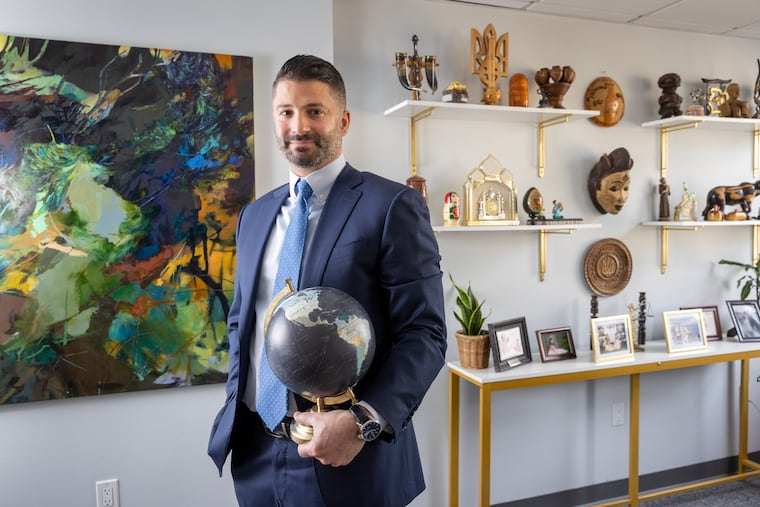A Philly immigration lawyer tries to help Ukrainian Americans desperate to get family members out of the war
Russian families have called too, frightened for loved ones who are protesting the war in a homeland that tolerates little dissent

Russian families have called too, frightened for loved ones who are protesting the war in a homeland that tolerates little dissent
